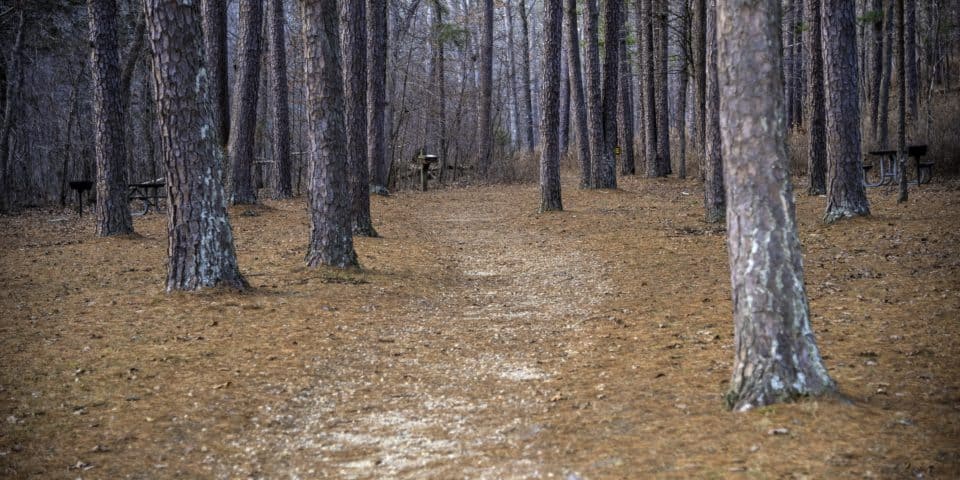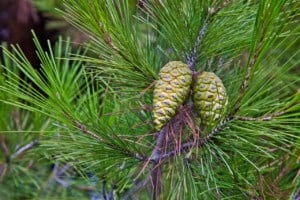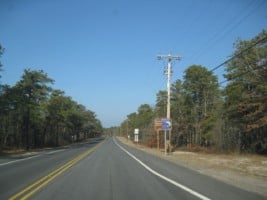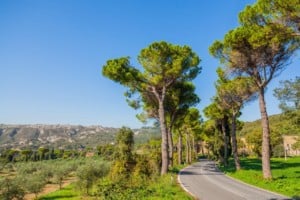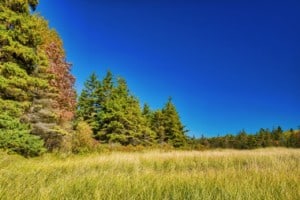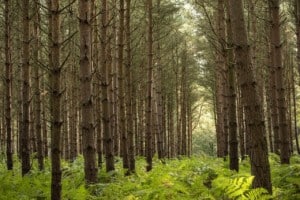The state of Missouri has 1,000 miles of trails, so you’ll naturally see a lot of trees while you’re hiking or biking through them. With over 90 state parks and historic sites, there’s little wonder the state is home to so many species of trees and why tree-lovers from everywhere have enjoyed these trees. Let’s look at the Missouri’s different kinds of pine trees.
Contents
Pine trees are evergreens known mostly for their needles, but in fact these trees have three other types of leaves as well. The seeds inside of their cones have been eaten by wildlife and humans for centuries, and the bark has medicinal purposes for a number of ailments. This is indeed a very versatile and useful tree, not to mention a very attractive one.
Tall and stately, pine trees can be quite regal-looking, and they are also easy to grow. This is why they often dot the landscape of public places such as parks and gardens. In Missouri, most of the trees are oak or hickory, but there are pines there as well, and they are described below.
1. Austrian Pine (pinus nigra)
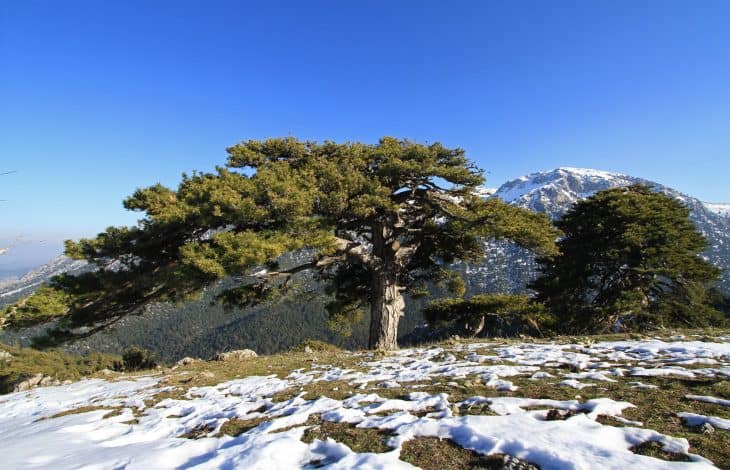
Austrian pines are also called black pines, and they can grow in elevations up to 5,200 feet, sometimes higher. The trees grow from 70 to 115 feet high and can have trunks that are 20 to 40 feet in diameter, making them a very massive-looking tree indeed. Some of its many uses include lumber, since it is straight-grained and moderately hard; medicines for both humans and livestock; and as ornamental or decorative trees, especially in public areas such as city recreation areas and near sports fields.
2. Eastern White Pine (pinus strobus L.)
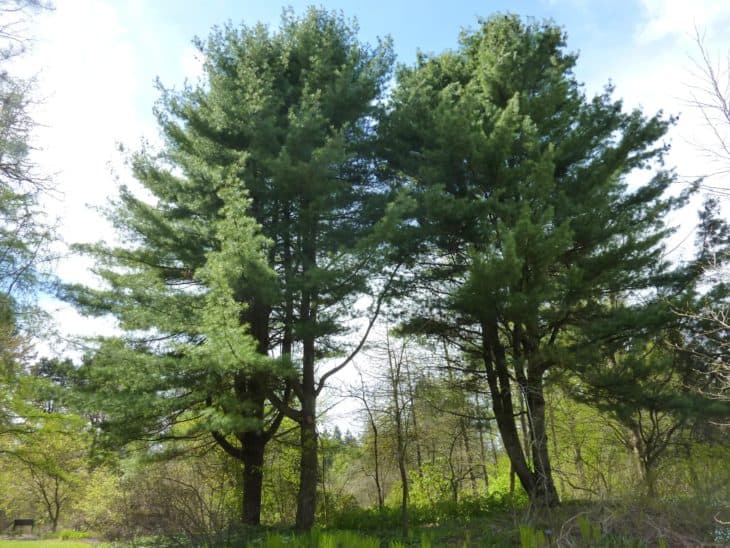
The Eastern white pine tree averages around 160 feet in height, although it can sometimes get up to nearly 190 feet. It even has a diameter that can get as big as five feet, and it is also known as the soft pine and the Weymouth pine. The wood of the tree is very versatile and is used as medicine, in the building of ship masts, and as lumber in a variety of construction projects.
Interestingly, the needles of this type of pine tree are very nutritious, providing more vitamin C than both oranges and lemons, and its bark can be made into a tea and used for medicinal purposes.
3. Jack Pine (pinus banksiana)
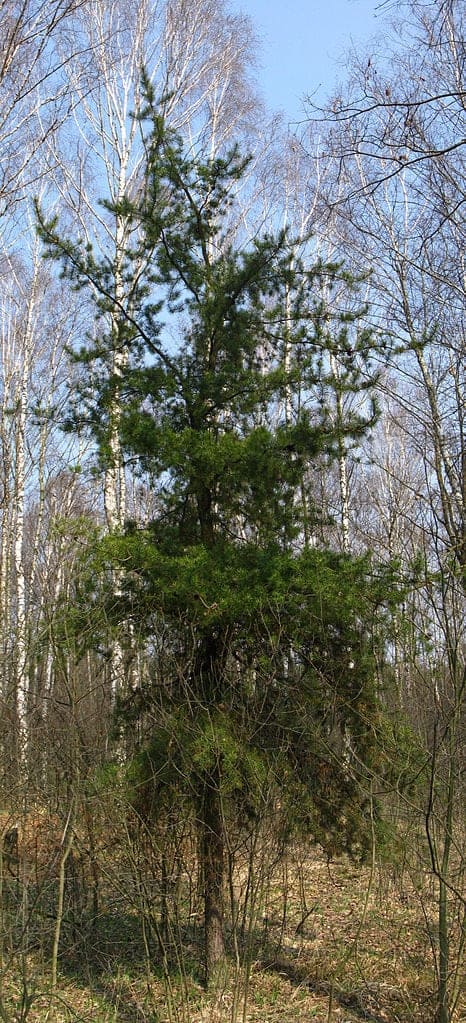
The jack pine tree is native to Canada to the east of the Rocky Mountains, and it is also known as the gray pine or scrub pine. Growing 30 to 72 feet in height, its leaves grow in bundles of two and are usually around 1.5 inches in length. Wood from this type of tree is usually used to make utility poles, decking, and pulpwood.
One of the reasons the wood isn’t used commercially as much as other pine trees is because it tends to be on the knotty side and isn’t terribly resistant to decay. Still, it is used for some things and it seems to work well for those.
4. Japanese Black Pine (pinus thunbergii)
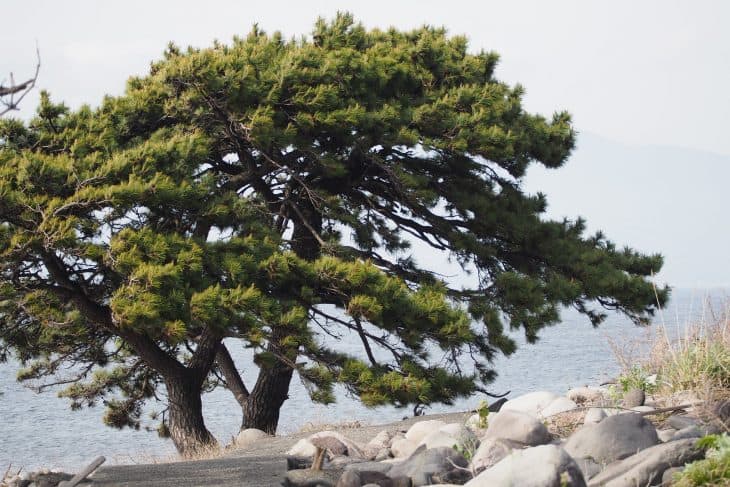
These trees usually grow to around 130 feet at the highest and in fact, they can be trained very early to be decorative and elegant, which makes them perfect bonsai trees. The bark is gray in color when the tree is young, but gets darker and thicker as the tree matures.
The tree is very popular in horticulture because of its resistance to salt and pollution, and it is found in numerous parts of the world in addition to the United States, including China, Japan, and Korea.
5. Limber Pine (pinus flexilis)
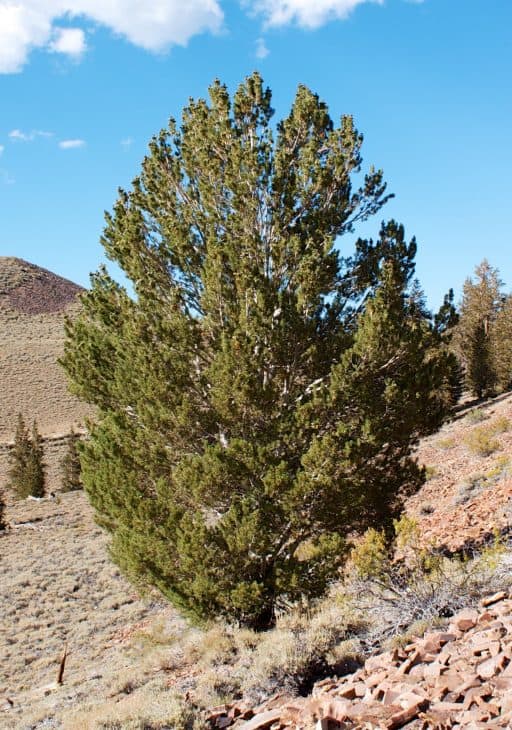
Although most pine trees can live up to 1,000 years, the limber pine can get much older. In fact, one limber pine in Oregon was proven to be more than 2,000 years old. The tree grows 65 to 80 feet high, and its main use seems to be the nuts inside the cones, which provide nourishment for both wildlife and some humans.
Also called the Rocky Mountain white pine, the limber pine is often used as a windbreak tree, an ornamental tree in a garden or public park, and even occasionally as a Christmas tree, making it a very versatile type of pine tree.
6. Pitch Loblolly Pine (pinus rigida x taeda)
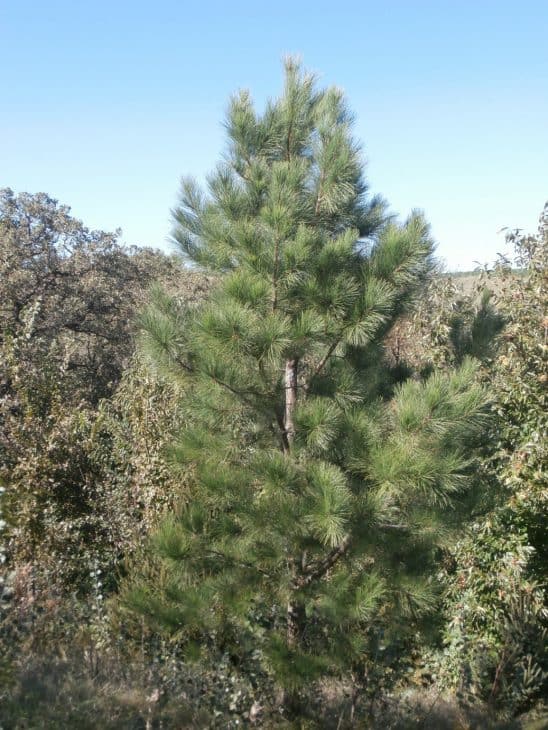
This tree is a mixture of the pitch pine and the loblolly pine, and it can get up to 90 feet high and 40 feet in diameter. It is a very hardy tree that is extremely easy to grow, and it is often used as hedges or screens, as well as in conservation planting. It does best in growing zones 4 to 7, and it attracts a variety of wildlife, including songbirds, upland birds, and even game.
In addition to being a fast grower, the pitch loblolly pine tree is very adaptable as well, growing well in a variety of soil conditions. Also called the Pitlolly Pine, this tree is commonly seen in Missouri as well as Ohio and Pennsylvania, among others.
7. Table Mountain Pine (pinus pungens)
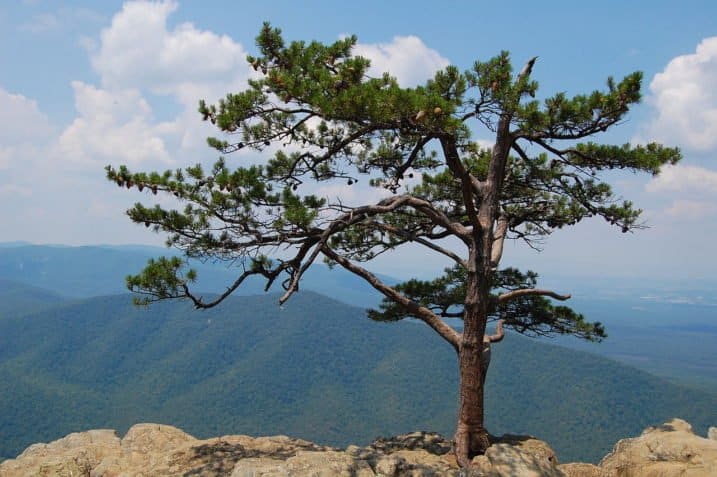
With a round irregular shape and the ability to produce cones in as little as five years, the table mountain pine tree prefers higher elevations and rocky slopes. It gets up to roughly 40 feet at the most, and the cones have very sharp points. The trees tend to not grow in large forests but instead, they do much better when planted in small groves scattered along an area of land.
The table mountain pine has also been the subject of several novels and movies, including On the Trail of the Lonesome Pine and On the Blue Ridge Mountains of Virginia.

